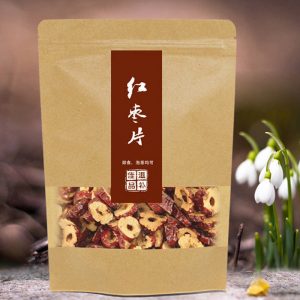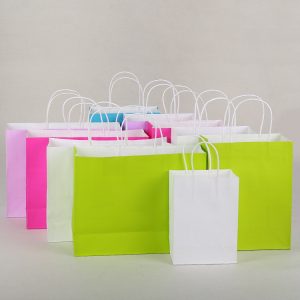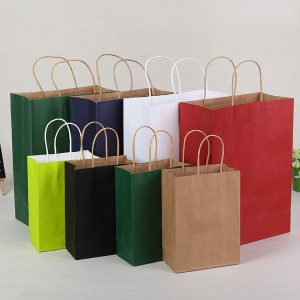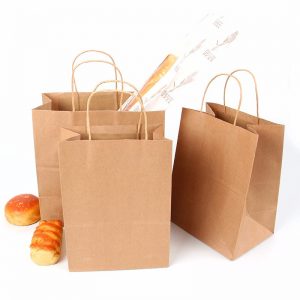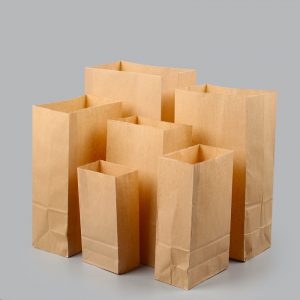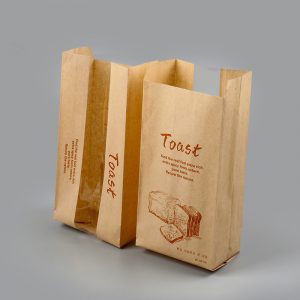Canvas bag: a fashionable and eco-friendly bag
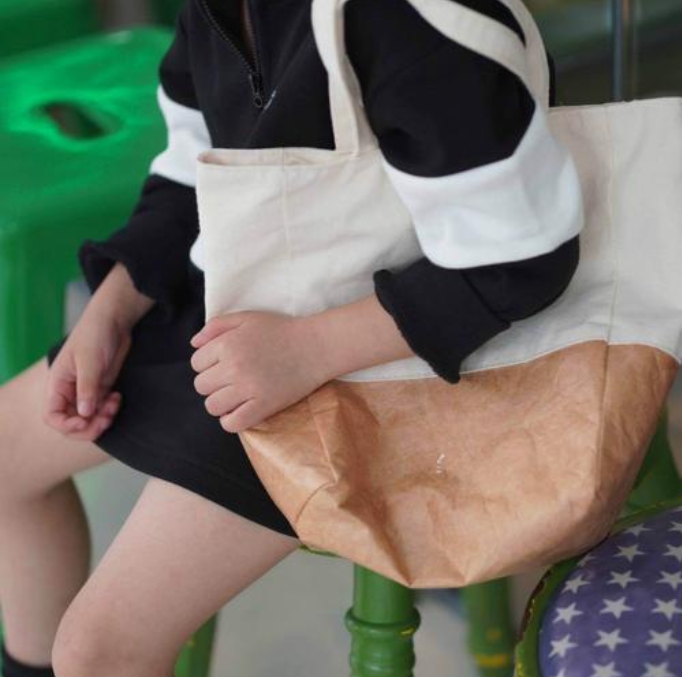
Canvas bags are relatively environmentally friendly. They are naturally biodegradable, but their cost is high and difficult to implement. However, their durability and firmness are much higher than non-woven bags, and they are still cost-effective. But their cost is too high and they are not suitable for large-scale promotion and use. Therefore, canvas bags are more environmentally friendly. They are naturally biodegradable, but their cost is high and difficult to implement. However, their durability and firmness are much higher than non-woven bags, and they are still cost-effective, but their cost is too high and they are not suitable for large-scale promotion and use. Therefore, they do not have the advantages of non-woven bags. 1. The material of canvas bags is the same as that of cotton bags, and they are made of cotton, which is natural and environmentally friendly. It's done; 2. The biggest cost of eco-friendly canvas bags is the fabric. Some non-woven bags use eco-friendly ink, and generally do not cut corners to save money (unless the manufacturer is deceived). It can also be called environmentally friendly here; 3. Durable and sturdy, I noticed that the fabric of the environmentally friendly canvas bag, which has been used for two years, has not been damaged at all, except for some areas where there are loose threads (sometimes when heavy objects are lifted and pressed, the manufacturer's work is not good), so the workmanship is carefully considered by the manufacturer, which is based on the promotional time; 4. Canvas eco-friendly bags have a variety of fabrics and patterns, most of which are delicate and flat with excellent printing and imaging effects. 5. It is also relatively easy to clean, but there will be some deformation after washing because pure cotton will shrink. This is much stronger than non-woven fabric. Canvas: a thicker cotton or linen fabric. Named after its initial use in sails. Generally, plain weave is used, with a small amount of twill weave. Both warp and weft yarns are made of multiple strands of thread. Canvas is usually divided into two categories: coarse canvas and fine canvas. Coarse canvas, also known as tarpaulin, is commonly woven with 58 gauge (10 thread count) 4 to 7 strands of thread. The fabric is strong and resistant to folding, and has good waterproof performance. It is used for covering cars, outdoor warehouses, and setting up tents in the wild. Fine canvas warp and weft yarn is generally 2 strands of size 58 to 6 strands of size 28 (10 strands/2 to 21 strands/6), used to make labor protection clothing and its products. After dyeing, it can also be used as fabrics for shoes, travel bags, backpacks, etc.
In addition, there are rubber canvas, shielding canvas for fire and radiation protection, and canvas for paper machines. 1. Windcloth yarn count: In short, yarn count refers to the thickness of the yarn. Currently, the commonly used method in China is still the "imperial style", which means that one pound (454 grams) of cotton yarn (or other component yarn) with a length of 840 yards (0.9144 yards/meter) has a fineness of one count. If one pound of yarn has a length of 10 × 840 yards and a fineness of 10 strands, the symbol for yarn count in the imperial system is the English letter "S". The symbol for a single yarn is: 32 strands of yarn - - -. The symbol for a single yarn is: 32 strands of yarn (two strands twisted together), which is 32S/2, and 42 strands of yarn with three strands twisted together, which is 42S/3. 2. Canvas density: The calculation unit for canvas fabric density is metric, which refers to the number of warp and weft yarns arranged within 10cm. The density directly affects the physical and mechanical indicators such as appearance, feel, thickness, strength, flexural resistance, breathability, wear resistance, and thermal insulation performance of the fabric. At the same time, it also affects the cost and production efficiency of the product. (1) The direct measurement method is accomplished through the use of a cloth mirror or fabric density analysis mirror. The scale length of the fabric density analysis mirror is 5cm. Under the analysis lens, a long strip of glass is engraved with a red line. When analyzing the fabric density, move the lens and align the red line on the glass and the scale with the two yarns at the same time. Starting from this point, move the lens and count the number of yarns while moving until the 5cm scale line is reached. The density value of 10cm fabric is obtained by multiplying the number of output yarns by 2. When counting the number of yarns, the center between two yarns should be taken as the starting point. If the number exceeds 0.5 but is less than one, it should be counted as 0.75; If it is less than 0.5, it will be counted as 0.25. The fabric density should generally be measured with 3-4 data points, and the arithmetic mean should be taken as the measurement result. (2) The indirect testing method is suitable for regularly woven fabrics with high density and low yarn count. Firstly, by analyzing the fabric structure and the number of warp yarns in the structure cycle (the number of weft yarns in the structure cycle), and then multiplying by the number of structure cycles in 10cm, the product obtained is the warp (weft) yarn density. 3. Canvas weight: Weight: Refers to the weight in grams of one square meter of fabric. Woven canvas fabric is usually measured in grams (g/m2) using "ounce", "ampere" or "OZ". Knitted canvas is converted to 1 ounce, which is equivalent to 28.375 grams. However, on a weighing machine, it is generally 28.35 grams, which is related to the yarn count and fabric warp and weft density. The thicker the yarn, the thicker the fabric, and the heavier the weight in grams. This has little to do with the yarn weaving and density of the fabric, but ounces are used on thicker fabrics. For example, denim and canvas must be measured in ounces, which can also be understood as using ounces for thicker yarn weaving. However, nowadays it is generally used on denim and canvas. Environmentally friendly canvas bags come in a variety of styles and are new. They can be used as general eco-friendly shopping bags as well as advertising and promotional gifts for businesses.Canvas bag is a fashionable and environmentally friendly cloth bag that requires high standards in terms of workmanship and material. Otherwise, the high-end effect cannot be achieved, and it will make people feel neither good nor bad.






